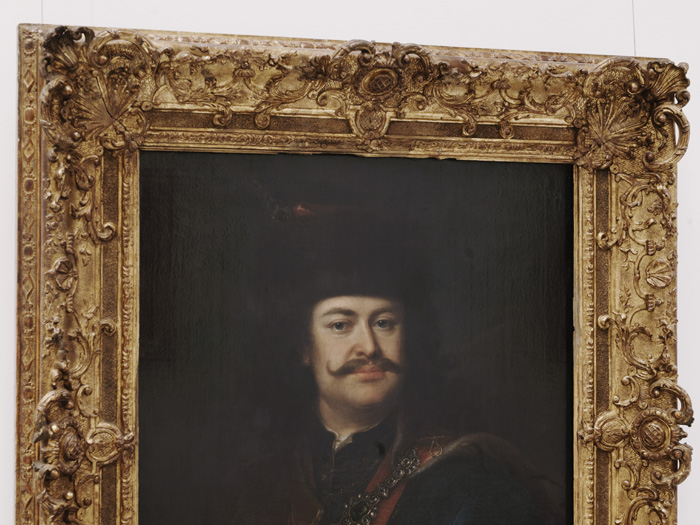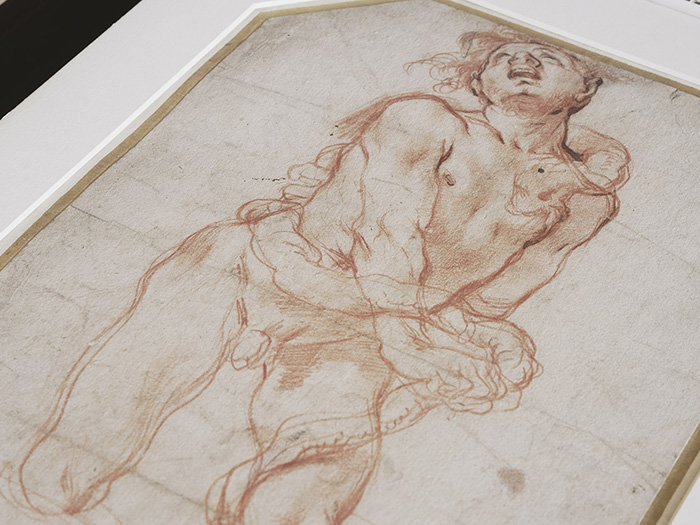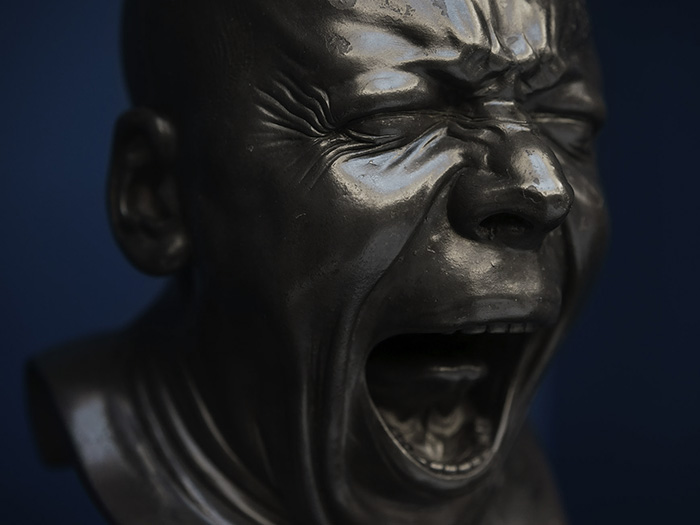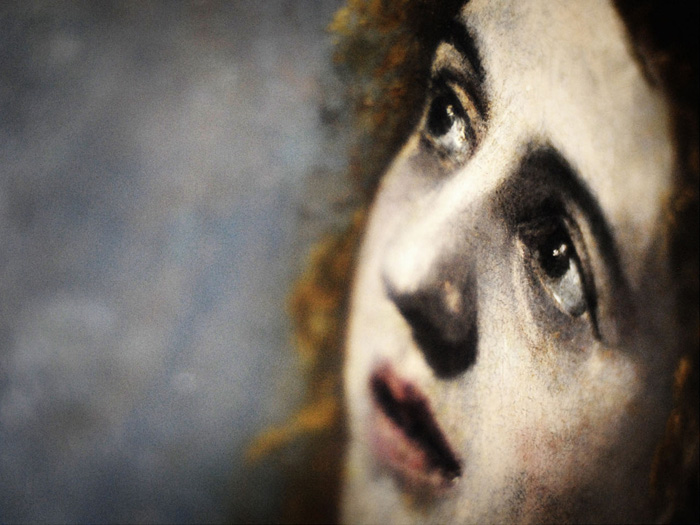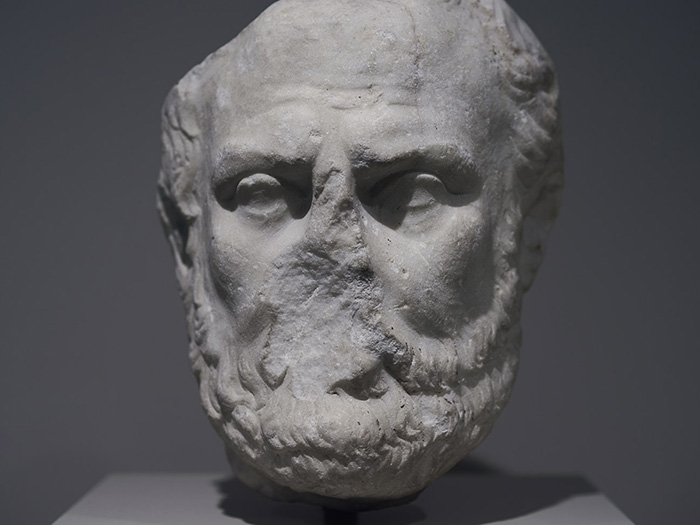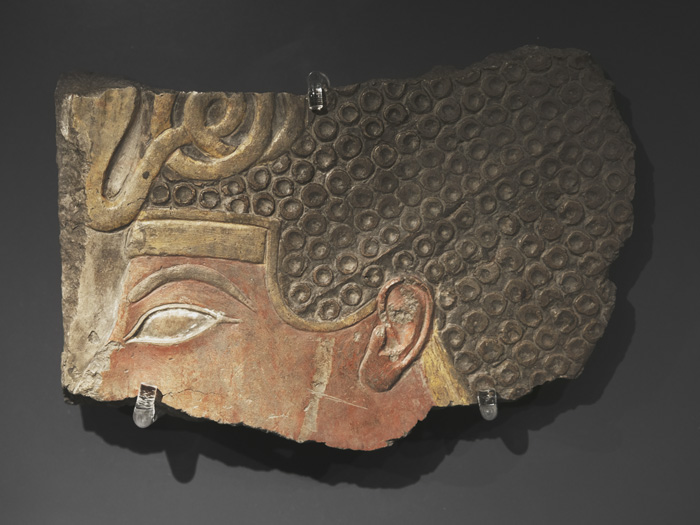We use cookies to provide you with the best possible service and a user-friendly website.
Please find our Privacy Policy on data protection and data management here
Please find more information on the cookies here
The library is as old as the museum, and from the outset it has systematically collected local and international literature on the history of art. Understandably, areas linked to the museum’s collections enjoy priority: the history of European painting, sculpture, and graphic arts, the Graeco-Roman world, and Egyptology. Holdings comprise seminal works and the latest scholarly literature from all over the world as well as publications for the general public. With its ca. 250,000 items the library is large even by international standards, and it is the most complete collection of its kind in Hungary.
When the Hungarian state purchased the Esterházy Collection in 1871 – which laid the foundations for the National Picture Gallery, and then the Museum of Fine Arts – it acquired not only paintings, sculptures, and works of graphic art, but also a small, meticulously selected reference library. This library originally served the keepers of the Esterházy Collection, who needed books to make attributions, to catalogue the collection, and to be able to explain to those interested what made the artworks concerned fascinating and valuable. These 305 volumes have been preserved in full to this day and provide the core of the current library holdings of some 2,000 volumes on art dating from before 1850.
After the Esterházy Collection became state property, it was not only the art collection that was enriched through donations and purchases, but also the reference library, which was used to systematise the growing collection. Experts of the Museum of Fine Arts sought out not only art dealers all over Europe, but also book dealers. By the time the museum opened its doors in 1906, its reference library already comprised 5,500 volumes. One of the factors in this considerable increase was that art history became a university discipline in the meantime, resulting in a leap in the number of publications which are even used today. It was a particularly interesting feature of this period that as some masterpieces were simply unattainable to the institution, it was decided to commission plaster replicas of famous sculptures in a scale of 1:1, and to purchase lavish reproductions of paintings made with the most advanced technology of the time. These splendid “royal folios” are the most spectacular, although vulnerable, rarities of the library.
Since the Museum of Fine Arts is unique in the country by virtue of its overwhelmingly international fine arts collection, the library has always played an important role in researches exceeding the national borders. There was a good chance that if something was lacking here, those interested had to travel to Vienna or Munich, if not further. For this reason, in the last one hundred years museum leaders have always done their best to facilitate international research via the library. The enlargement of its holdings can be seen in the timeline. Although the primary task of the library has always been to support the homework of the museum staff, its reading room has always been open to visitors, well before it officially became a public library in 2006.

